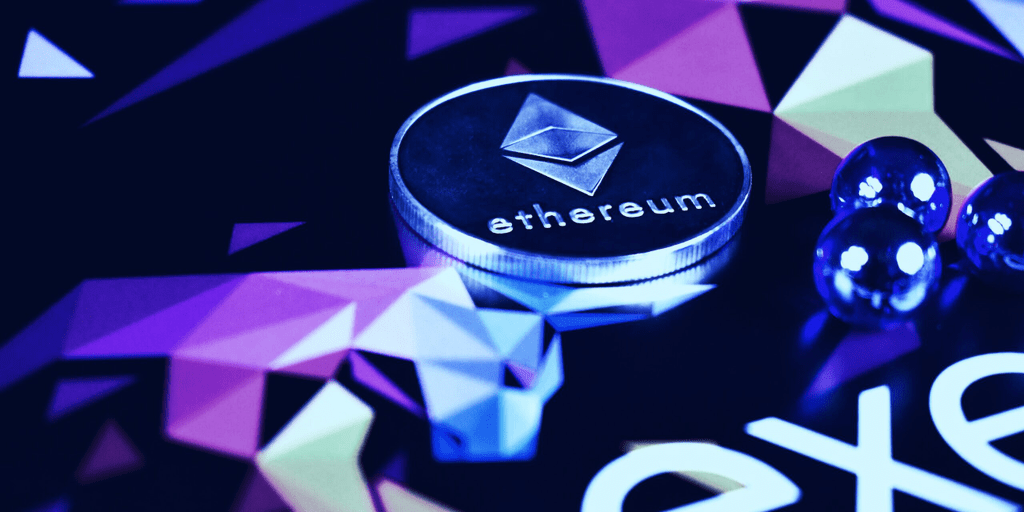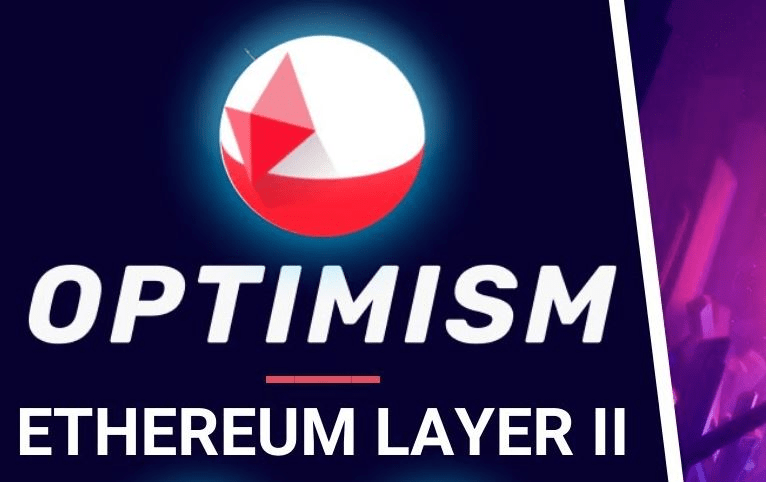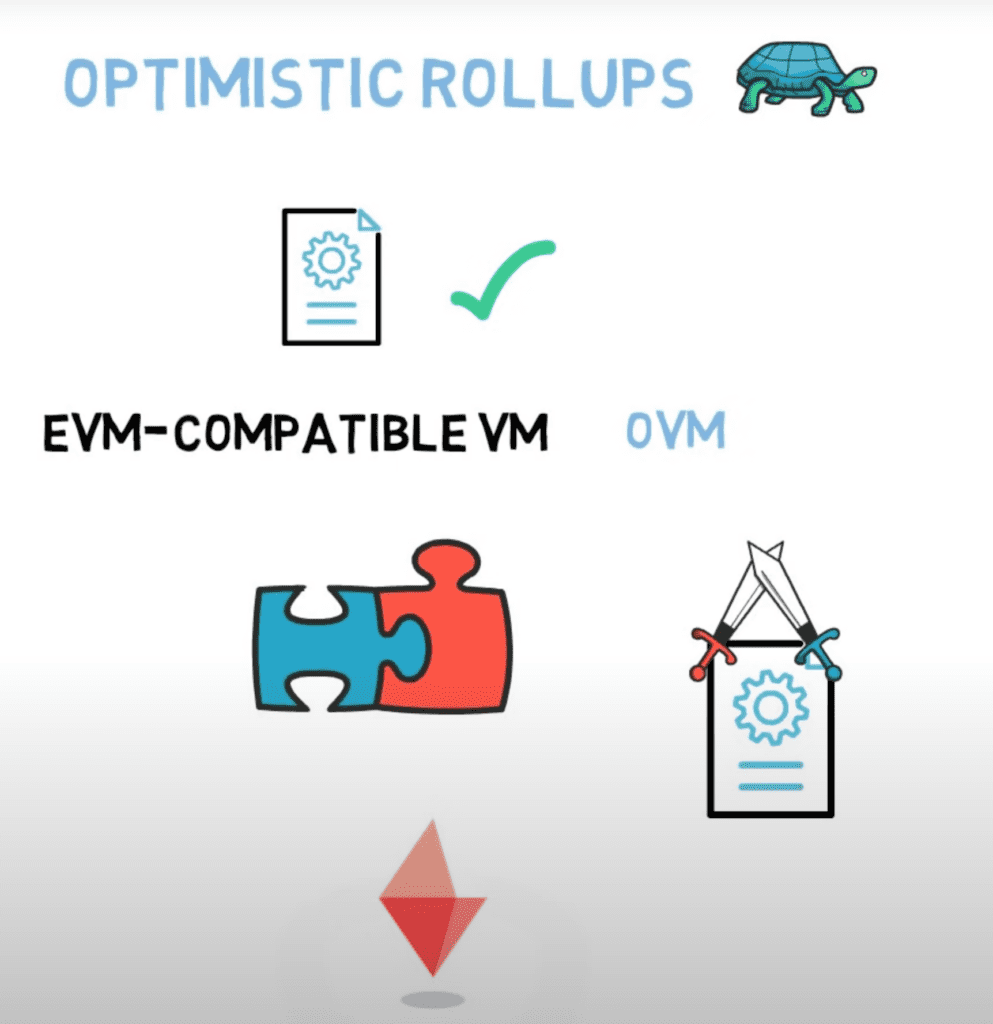Optimism: The Key To Making Ethereum More Accessible To the Masses?

The problem with Ethereum

Ethereum has a scale problem. This is quite obvious that its developers are always trying to find a solution because, due to the lack of scalability, gas fees skyrocket due to the number of concurrent transactions. This is why the sudden spike in gas prices online leads to the so-called “gas war,” where buyers try to outbid each other to make money.
After many technical difficulties at launch, NFT major Yuga announced in April 2022 that it is possible to move its metaverse from Ethereum to its chain. However, details of that development are yet to be announced clarify.
The so-called “impossible trinity” of blockchains is the cause of this scaling issue. As a result, a blockchain must make concessions regarding decentralization, scalability, and security. To put it simply, developers must choose which of these two qualities they want to maximize.
For instance, it is essential to realize that scalability and decentralization are mutually exclusive if a particular level of security is to be guaranteed. Like Bitcoin, the Ethereum blockchain has sacrificed scalability for safety and decentralization.
As the number of transactions increases, the Ethereum network gets busier and busier – if users still want to use the Ethereum blockchain, they are forced to pay too high transaction fees. The optimized scale of the Ethereum blockchain and the associated lower transaction fees will help increase user-friendliness and develop new use cases.
Competitor blockchains that pride themselves on being “Ethereum killers,” such as Solana, Avalanche, Polkadot, and others, frequently optimize to scale the blockchain and accept a higher amount of centralization in exchange for this.
In most cases, the minimum hardware requirements for active nodes are set so high that only a few players can join the network. In turn, the network is significantly faster but more centralized. Contrary to the philosophy of blockchain and Web 3.0.
With Ethereum, the main goal of scalability is to increase transaction speed (faster finality) and transaction throughput (high transactions per second) without sacrificing decentralization or security (more on the vision of Ethereum). High demand on the Ethereum Layer 1 blockchain leads to slower transactions and unfeasible gas prices. Increasing network capacity regarding speed and throughput is fundamental to mass and meaningful Ethereum adoption.
While speed and throughput are critical, it is essential that solutions that scale allow these goals to remain decentralized and secure. Keeping the barrier to entry low for node operators is crucial in preventing the progression toward centralized and insecure computing power.
Regarding Ethereum scalable solutions, the Polygon cryptocurrency network is also worth discussing. Polygon is also a Layer 2 scaling solution. Polygon is a multi-chain platform that combines the best aspects of Ethereum and other blockchains. Polygon solves several problems associated with the Ethereum blockchain, including high gas fees and slow transaction speeds. However, polygons also have their downsides, and not all DeFi applications rely on a scaling solution. For example, it has been criticized that Polygon is too centralized and insecure. For this reason, among other things, projects like Optimism and Arbitrum are working on completely different approaches to scaling Ethereum.
The Appearance of Optimism

Innovations are required if Ethereum is to remain competitive in the developing market. According to Vitalik Buterin, the co-founder of Ethereum, Rollups hold the solution to the scalability issue.
Rollups are a scaling solution where transactions are bundled and compressed off-chain before being verified on the consensus layer. This ultimately allows multiple transactions to be “aggregated” into a single on-chain transaction. The result of verifying multiple transactions is increased efficiency; in parallel, the number of possible transactions that can be executed increases, resulting in increased scalability.
Suddenly, Ethereum can scale from what used to be 15 transactions per second (tps) to 3000+ tps – without compromising on security.
Optimism is a Layer 2 scaling solution on Ethereum to reduce gas fees and process new transactions faster, thus providing a smoother user experience while maintaining security from the Ethereum original chain. Optimism is an Optimistic Rollup project using a fraud-proof security mechanism.
Optimism’s constructions consist of 3 main components:

Optimism solves all problems

Optimism provides a scalable solution for the Ethereum network that increases transaction speed on Ethereum without sacrificing decentralization and security.
Optimism processes transactions off the Ethereum blockchain while leveraging Ethereum’s infrastructure. During a transaction, Optimism continues to communicate with Ethereum’s Layer 1 to ensure that it still provides the same guarantees of security and decentralization. Layer 1 handles data security, decentralization, and availability, while Optimism’s Layer 2 handles scaling.
During this process, no changes are made to Layer 1. Optimism removes the burden of financial transactions from Ethereum, and removing this load from Ethereum’s blockchain removes network congestion.
Here are some of the benefits that Optimism offers:
- Scalability: Optimism can achieve a 10–100x improvement in scalability, depending on the nature of the transaction.
- Reduced Fees: Optimism can significantly reduce the overall cost of a transaction. Its rollup technology (discussed in the next section) combines multiple transactions into one transaction, reducing transaction costs.
- Security: As Layer 2 of Optimism is built on Ethereum, transactions are settled on the Ethereum mainnet, allowing users to benefit from the secure and decentralized environment of the Ethereum blockchain.
- Enhanced user experience: New projects using Optimism’s Layer 2 scaling solution benefit from lower fees, faster transactions, and a better overall user experience.
How Optimism Works
To use Optimism, you must deposit your ETH or ERC-20 tokens into the Optimism token bridge. This allows you to trade on Ethereum through Optimism, and you can convert your tokens back to the Ethereum mainnet once done.
To deposit your tokens, you must send them through the Optimism Gateway. You can connect to the Gateway through the Web3 wallet.
Once you have deposited funds into Optimism, you can use them in supported decentralized applications. For example, Uniswap allows you to trade Optimism to save fees, and all you have to do is select Optimism from the network menu. After that, you can trade as usual.
Conclusion
Optimistic Layer 2 solutions aim to ease the burden of the Ethereum network. There are two main features to get crypto adopters excited. Optimism enables near-instant transactions. Transactions on the Ethereum blockchain are almost ten times cheaper. These factors will help Ethereum thrive compared to its other competitors.
Optimism has quickly become one of the most popular Ethereum scaling solutions. Most recently, the proposal to upgrade Optimism’s mainnet to Bedrock was made. This is a new generation of decentralized rollup architecture developed by Optimism Labs.
According to the project team, they believe the post-Bedrock experience will be a positive change for developers in the Optimism ecosystem and have received consistent excitement for the upgrade from partners.
DISCLAIMER: The Information on this website is provided as general market commentary and does not constitute investment advice. We encourage you to do your own research before investing.







 Bitcoin
Bitcoin  Ethereum
Ethereum  Tether
Tether  USDC
USDC  Dogecoin
Dogecoin  Cardano
Cardano  TRON
TRON  Bitcoin Cash
Bitcoin Cash  Chainlink
Chainlink  Polygon
Polygon  Litecoin
Litecoin  Dai
Dai  LEO Token
LEO Token  Ethereum Classic
Ethereum Classic  Hedera
Hedera  Cronos
Cronos  Cosmos Hub
Cosmos Hub  Stacks
Stacks  Stellar
Stellar  OKB
OKB  Maker
Maker  Monero
Monero  Theta Network
Theta Network  Algorand
Algorand  NEO
NEO  Gate
Gate  KuCoin
KuCoin  Tezos
Tezos  EOS
EOS  Synthetix Network
Synthetix Network  IOTA
IOTA  Bitcoin Gold
Bitcoin Gold  Tether Gold
Tether Gold  TrueUSD
TrueUSD  Zilliqa
Zilliqa  Enjin Coin
Enjin Coin  Holo
Holo  Ravencoin
Ravencoin  0x Protocol
0x Protocol  Siacoin
Siacoin  Qtum
Qtum  Basic Attention
Basic Attention  NEM
NEM  Zcash
Zcash  Dash
Dash  Decred
Decred  Ontology
Ontology  Lisk
Lisk  Waves
Waves  DigiByte
DigiByte  Nano
Nano  Numeraire
Numeraire  Status
Status  Pax Dollar
Pax Dollar  Hive
Hive  Steem
Steem  Huobi
Huobi  OMG Network
OMG Network  BUSD
BUSD  Ren
Ren  Bitcoin Diamond
Bitcoin Diamond  Bytom
Bytom  Kyber Network Crystal Legacy
Kyber Network Crystal Legacy  HUSD
HUSD  Energi
Energi  Augur
Augur